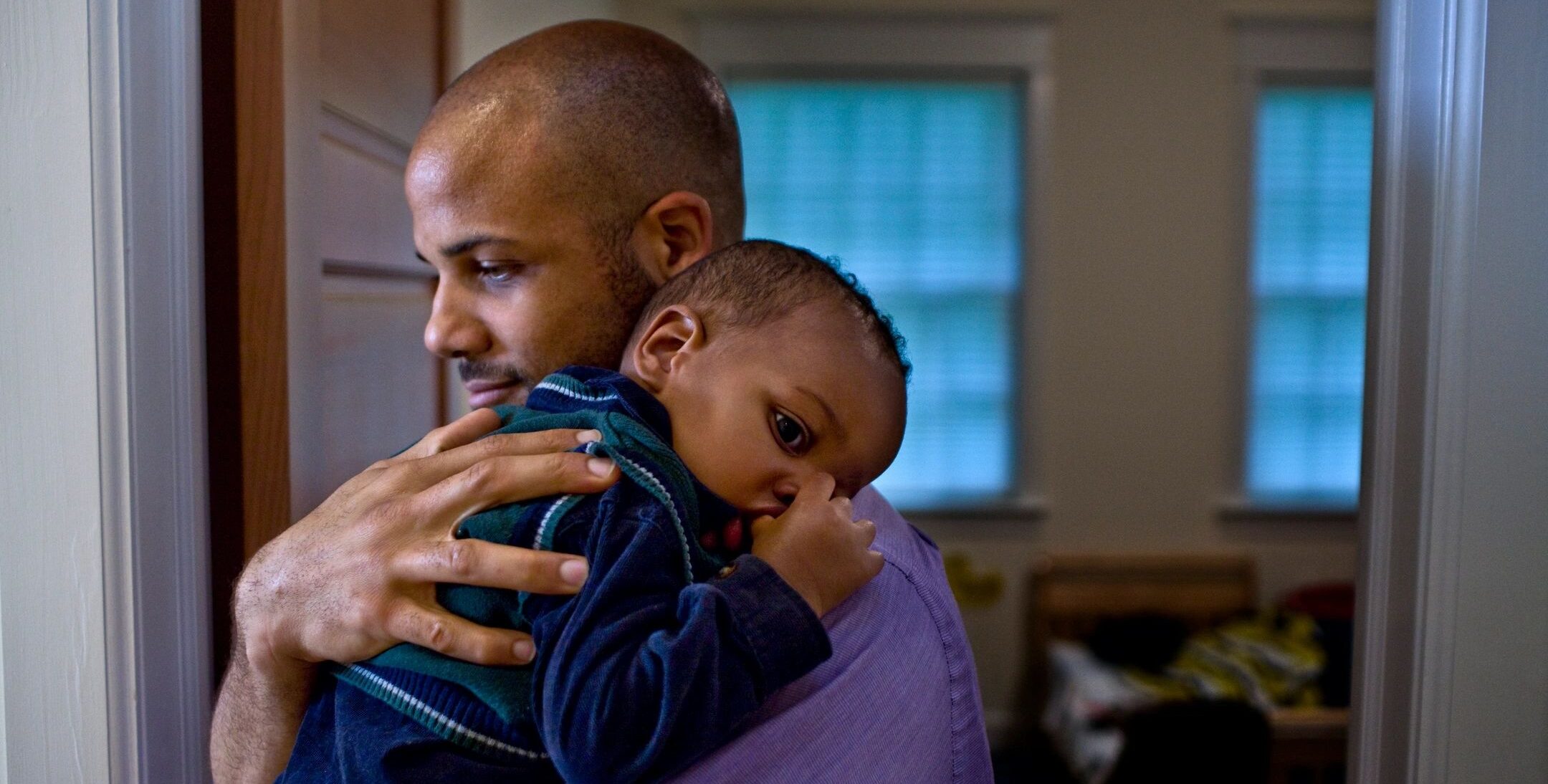Written by Marion Van Horn, Ph.D. in Neurophysiology.
Montreal, Canada.
We’ve all heard the expression, “Use it or lose it”. Well, when it comes to the development of a child’s brain, it’s true.
Babies are born with a brain packed with billions of neurons, which all extend thousands of branches. These neurons connect and communicate with each other through synapses, which are tiny spaces at the end of a neuron’s branches where electrical and chemical changes facilitate a neuronal dialogue. It is estimated that by the age of one, a child’s brain can have trillions of synaptic connections. However, research has shown that these synapses don’t necessarily stick around forever.
In the first few years of life, synaptic connections are actively removed through a process called synaptic pruning. Early sensory exposure plays a major role in shaping synaptic connections; synapses that are stimulated through experiences are kept, while synapses that are neglected, are pruned.
The scientific basis for this concept of “Use it or lose it” in the context of developmental neuroscience, dates back to the 1960s, when two Nobel Prize winning neuroscientists, David Hubel and Torsten Wiesel made the important discovery that synaptic connections could completely reorganize with external manipulation during early brain development (Hubel and Wiesel, 1963). They led experiments on neuroconnectivity in the part of the brain responsible for processing vision, and discovered that if one eye is kept permanently closed during early brain development, this can lead to a complete reorganization of synaptic connectivity. Interestingly, they found that this reorganization only occurred if it was done in young animals. When similar experiments were repeated with older subjects, this synaptic plasticity was not nearly as evident.
The research of Hubel and Wiesel provides strong evidence for the fact that the brain is extremely sensitive and responsive to experiences early in life, more so than previously thought. While their work made specific predictions about the developing visual system, it is now understood that all areas of the brain are changing in response to early life experiences. Importantly however, there is not one specific critical period for the entire brain. While sensory systems, like the visual and auditory system, are more sensitive to experience early in the development, in areas involved in processing more cognitive functions like abstract thought and planning synaptic pruning has been found to occur until early adulthood (Petanjek et al 2011).
So what does that mean for our babies?
Sensory experiences play a major role in determining which synaptic connections are kept, and which ones are pruned. This tells us that an enriched sensory environment is critical for healthy brain development in young children. Early childhood exposure to stimulating sights, sounds, languages, smells, and tastes help to nurture lasting synaptic connections. It is important to note that stimuli should be age appropriate, as certain types of experiences, for example exposure to screen time, may be harmful to a young brain’s development and not recommended for children under the age of 2.
Sleep is also a critical component in a baby’s brain development, as synaptic connections and reorganization continue to take place behind closed eyes. Ensuring that your baby gets the recommended amount of sleep for his or her age can be just as important for those synaptic connections as creating a stimulating waking environment.
References
Wiesel TN, Hubel DH (1963). Single-cell responses in striate cortex of kittens deprived of vision in one eye. J Neurophysiol. 1003-17.
Petanjek Z, Judaš M, Šimić G, Rašin MR, Uylings H, Rakic P, and Kostović I (2011). Extraordinary neoteny of synaptic spines in the human prefrontal cortex. PNAS 108 (32) 13281-13286.
About the author
Marion Van Horn obtained her PhD from McGill University in Neurophysiology. She is a mom of three and is currently a Research Associate at the Montreal Neurological Institute investigating the molecular mechanisms underlying developmental plasticity. She is particularly fascinated about how experiences and our environment can influence the development and plasticity of neural circuits. When she’s not in the lab or feeding her kids, she fanaticizes about having enough free time to bake bread and read more fiction. You can find her sharing every day snapshots on Instagram @marion.vanhorn or on Youtube @Viva Random where she and her husband share family vlogs.












